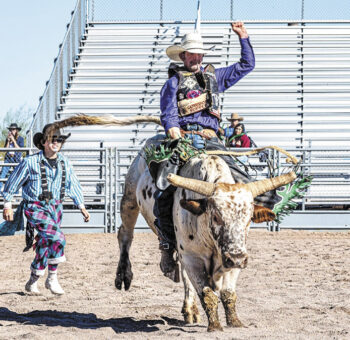
Hanging on Tight, by Cindy Stalter
Ken Duquaine
During the upcoming 2025-26 season, each of our monthly competitions will for the first time include the Mono category. So, what are the considerations when trying to decide if a given photo would be more effective in color or monochrome? This creative choice can dramatically affect the emotional content and impact of a photo.
One approach to making that choice is to ask what emotion, story, or ideas we are trying to convey to the viewer through an image. Is color a part of the story’s emotion, or does it distract from it? It’s important to realize that both the color and black and white palettes see the world differently. Each directs the viewer’s attention to different elements in a photograph.
Monochrome images with high contrast can create a mood of dynamic tension or drama. They can convey a sense of timelessness about a scene. Monochromatic images emphasize size, shape, lines, and texture, which become the focus of the viewer. If the presence of color would distract the viewer from important elements of a photo that one wishes to emphasize or would subtract from the emotional content that is intended to be conveyed, then monochrome might be the better choice. Street and documentary photographers have long used these considerations to present the essence of a scene to their viewers.
The decision in favor of color is easily made when one considers that we see the world in color. The effective use of color can turn a mundane image into one having a visceral impact for the viewer. The psychology of color tells us that various colors carry meaning: blue—peace and stability; yellow—joy, intellect; red—passion, danger, energy, etc. Complementary colors can create visual tension or excitement, while analogous colors can create a feeling of calm and security. Colors and their relationships can be important elements in creating a particular tone, mood, or feeling for an image.
Monochrome and color can be thought of as different languages of photography. The choice of language can be decided based on the photographer’s intent. Some important questions are “What do I want to convey to my viewer? What do I want the viewer to feel? Which of these languages will best accomplish my intent?” Sometimes it can be helpful to look at an image in both black and white and color when attempting to answer those questions, so shooting in color and converting to monochrome is helpful in that endeavor.
In the end, it’s not a question of which is better. Rather, it’s a question of which will best serve the intent that one had when taking the photo.
The East Valley Photo Club (EVPC) meets on the first and third Thursdays from 6:30 to 8:30 p.m. in the Navajo Room of Sun Lakes Country Club from October through April. For more information about the EVPC and its activities, call President Ken Duquaine at 248-342-0790 or email kduquaine@hotmail.com, contact past President Samantha Rose Palmatier at 907-727-0334 or email totsie1954@yahoo.com, and visit our website at www.eastvalleyphotoclub.com.
